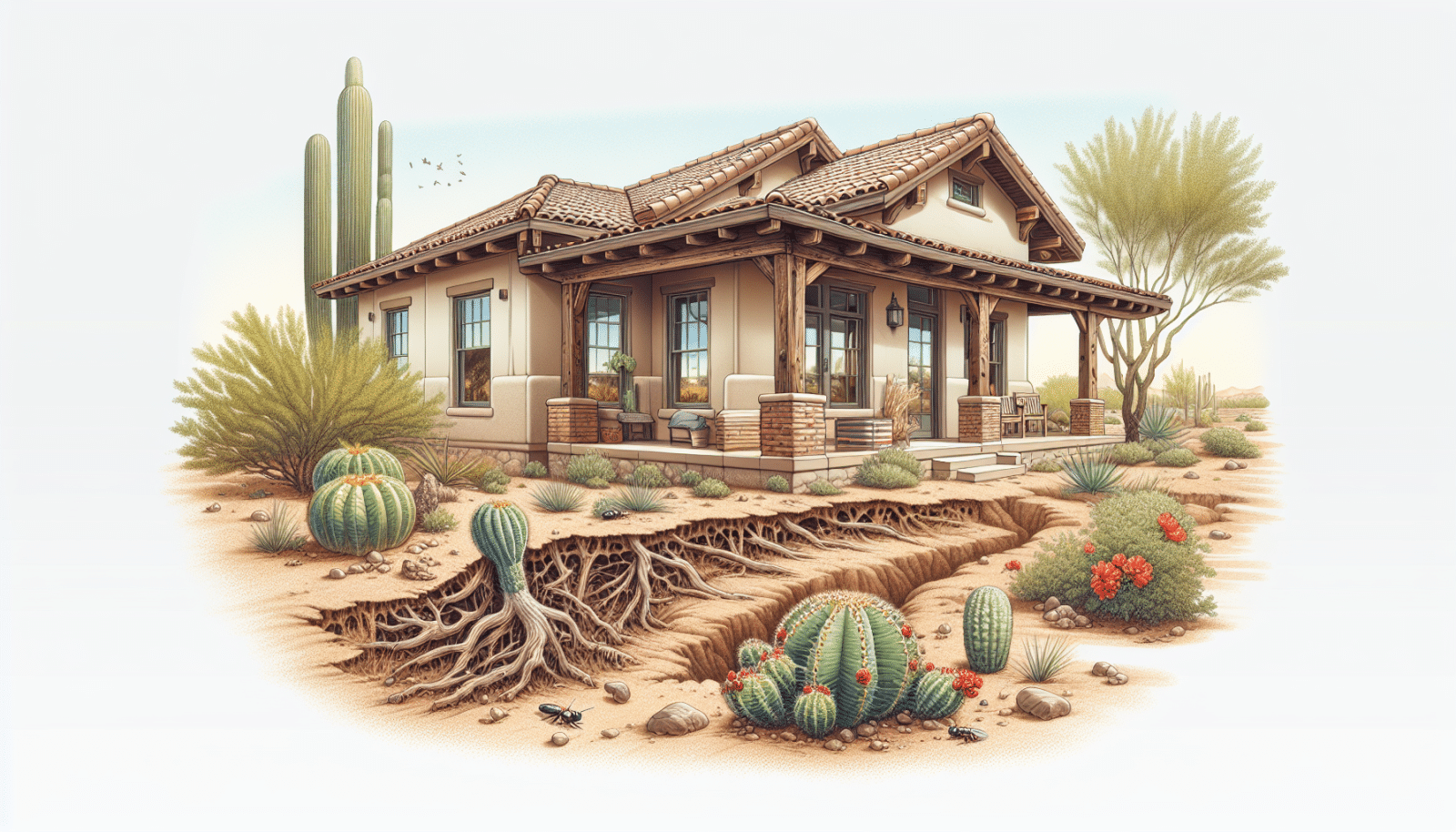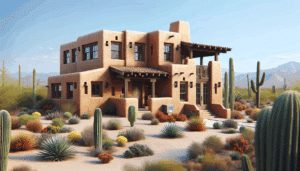Are you a homeowner worried about termites? Fear not; Arizona Termite Control is here to help! Our comprehensive guide will equip you with everything you need to know about different types of termites. With this knowledge, you can better safeguard your home and understand how to spot early signs of infestation. Let’s dive in!
Contents
What Are Termites?
Termites are small, wood-consuming insects that can cause significant structural damage to your home. They thrive in warm climates, making Arizona a prime location for these Pests. Termites live in colonies and work together to build their nests and gather food.
Understanding the different species of termites can help you identify them early and seek professional intervention. This knowledge is crucial, as early detection and Treatment can save you thousands of dollars in repairs.
Subterranean Termites
One of the most common termite types in Arizona is the subterranean termite. These termites build colonies in the soil, needing moisture to survive. They create mud tubes to travel between their nests and food sources.
Subterranean termites are particularly damaging because they can go undetected for years. Unlike other types, they can build massive colonies often containing millions of individual termites. It’s no wonder they’re considered one of the most destructive termite species.
Drywood Termites
Drywood termites differ from their subterranean counterparts in several ways. They do not require contact with soil and can infest dry wood structures, including furniture and framing in your home.
The name says it all: Drywood termites live entirely within the wood they consume. Unlike subterranean termites, they do not need moisture from the soil, so they can establish colonies directly within wooden structures.
Dampwood Termites
As their name suggests, dampwood termites prefer wet or decaying wood. These termites are larger than both subterranean and drywood termites and are less likely to infest homes due to the requirement for damp conditions.
Dampwood termites are commonly found in areas with high humidity and damp conditions. While they are less likely to infest homes, especially those that are well-maintained and dry, they can still pose a risk if there are leaky roofs or plumbing issues providing moist environments.
Identifying Termites
Wondering how to spot termites before they cause significant damage? Here are some key signs you should be aware of:
- Frass: Termites often leave behind tiny pellets resembling sawdust. This is their fecal matter and can indicate an infestation.
- Discarded wings: Winged termites, known as swarmers, will shed their wings after mating. You’ll often find these around windowsills or light sources.
- Mud tubes: Subterranean termites build mud tubes to travel from their nests to wood structures. Look for these along your home’s foundation.
- Wood damage: Look for wood that sounds hollow when tapped or shows signs of tunneling and damage.
- Buckling paint: Termites can cause moisture to build up under paint, leading to bubbling or buckling surfaces.
Prevention Tips
Preventing termites is easier than dealing with an infestation. Here are some useful tips to keep these destructive pests at bay:
Keep your home’s foundation dry by ensuring proper drainage and fixing any leaks promptly. Moisture attracts termites, so controlling it can make your home less appealing to them.
Remove any wood scraps, firewood, or debris from around your home. These can serve as food sources or entry points for termites looking to build their nests.
Treatment Options
If you suspect a termite infestation, several treatment options are available. Treatment not only gets rid of existing issues but also helps prevent future infestations.
Liquid termiticides are a popular option, creating a barrier around your home. This prevents termites from entering and can kill those that come into contact with the treated area.
Baiting systems involve placing bait stations around your home. Termites find the bait and carry it back to their colony, which gradually exterminates the nest.
Professional Inspection
A professional Termite Inspection is your best defense. Our team at Arizona Termite Control is highly skilled in identifying all types of termites and signs of infestation.
Regular Inspections can help catch termites early, leading to more effective treatment options. We use advanced tools and techniques to thoroughly inspect your home and provide a detailed report.
Why Choose Arizona Termite Control
Why should you trust Arizona Termite Control with your home’s termite needs? Here are a few reasons:
- Expertise: Our team consists of highly trained professionals with years of experience in handling termite infestations.
- Effective treatments: We use state-of-the-art methods and products to ensure long-lasting results and peace of mind.
- Customer satisfaction: We believe in building lasting relationships with our customers by providing excellent service.
- Eco-friendly options: Our treatments are safe for your family and pets while effectively managing termite populations.
- Free inspections: We offer complimentary inspections to assess your needs without any obligation.
Contact Us
Taking immediate action can save you time, money, and stress. If you have any concerns or want to schedule a termite inspection, contact Arizona Termite Control today.
We are dedicated to helping homeowners protect their investments by offering thorough inspections, effective treatments, and ongoing support. Don’t let termites take over your home; let us help you keep it termite-free.
Final Thoughts
Understanding the types of termites and how to deal with them is crucial for any homeowner. At Arizona Termite Control, we’re committed to helping you keep your home safe.
Ready to take action? Call us now at 480-660-3093 or Request a Free Inspection.




